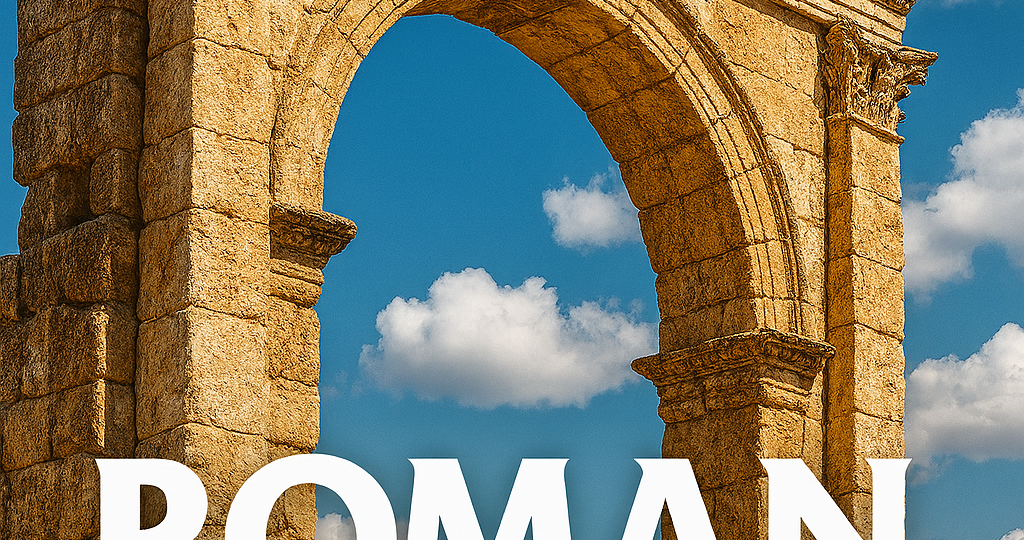
If you’ve ever balanced a heavy stack of textbooks on a flimsy desk, you know one bad move and the whole thing could collapse. Humans have always faced this problem: how do you build something big without it falling apart under its own weight? The Romans cracked the code with one of the simplest shapes imaginable—a curve.
That curve became the arch, and it didn’t just hold buildings together. It held up an empire. Welcome to the Roman Arch.
Here’s the genius: an arch takes the weight pushing down from above and redistributes it outward and down into the ground. Instead of one beam trying to shoulder everything until it cracks, the arch shares the load. This meant the Romans could build massive bridges, aqueducts, and stadiums without their structures collapsing under their own weight. Basically, arches were the cheat code for building bigger, stronger, and more ambitious projects.
The Romans didn’t invent the arch (credit goes further back to ancient Mesopotamia), but they mastered it. They standardized it, replicated it, and used it everywhere—from the Colosseum to aqueducts carrying water across miles of terrain. Their confidence in arches was so strong that many of those structures are still standing today, two thousand years later. Imagine building something that outlasts entire civilizations—talk about flexing your engineering muscles.
What’s wild is how often you still run into arches in daily life. That bridge you drive over? Arches. That giant football stadium with soaring curved entrances? Arches. Even your front door frame has the same principle at play. It’s proof that when a design works, it sticks around—whether you’re an emperor in Rome or a student cramming under an arched doorway at the library.
The Roman arch wasn’t just an architectural fad; it was a turning point in how humans shaped the physical world. It’s humbling to think a simple curve changed history, and we’re still living in its shadow every time we walk under one.
RELATED POSTS
View all

